- No products in the cart.
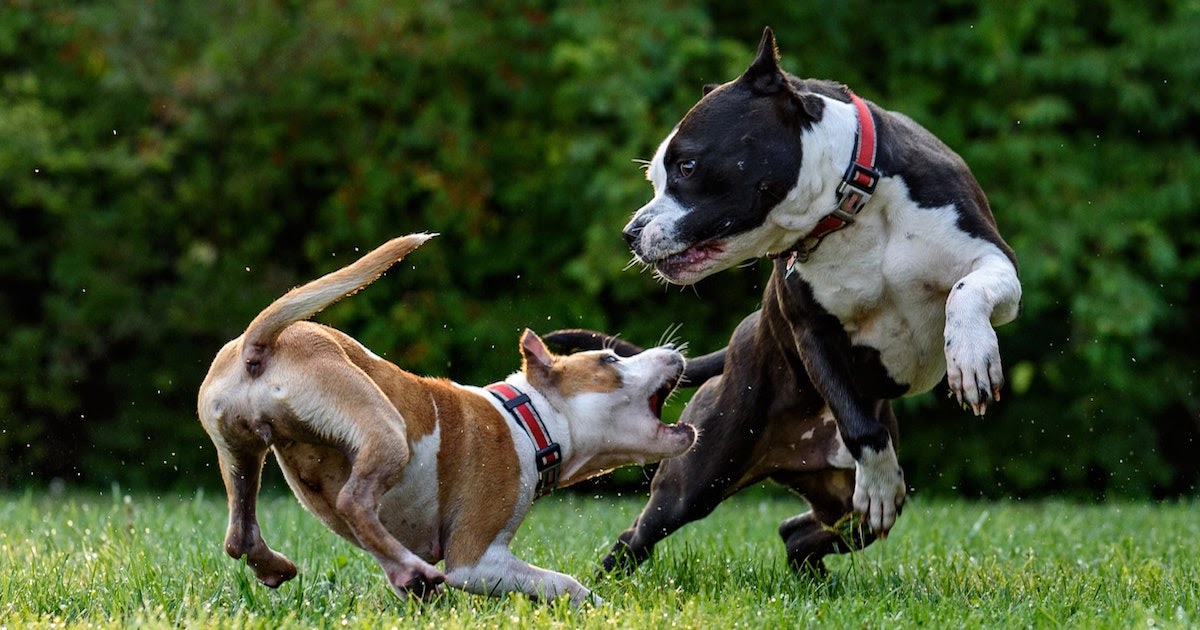
E-Mail: info@silversky.com.sg | Phone: +65 6742 7845

Cover image source: David Taffet on Unsplash
An important part of any dog owner’s journey is training and socialising their pet. As most of us are not professionals trained in understanding dogs, there may be instances when we unwittingly reinforce unwanted behaviours due to our ignorance, though our intentions might have been good.
This includes anti-social behaviour, which are typically characterised as aggressive barking or growling at a person or dog, excessive howling and whimpering for long periods of time, biting someone, not respecting space, pulling and lunging on walks, or avoiding other dogs and people.
If your dog is exhibiting these anti-social tendencies and you can’t figure out why, here are some things that we may have done wrong, have been doing wrong, and how we can do better!
Just like humans, dogs have their own personalities, likes, dislikes, and penchant for company. This can be a result of both breed disposition and lived experiences, and it is never the solution to force a dog to be in a situation where it is clearly uncomfortable and wait for it to simply “get used to it”!
This has a high chance of backfiring, in which a dog may turn to increasingly aggressive behaviour to be heard because its subtle, friendlier ways of showing its discomfort were ignored, and gets labelled as “anti-social”.
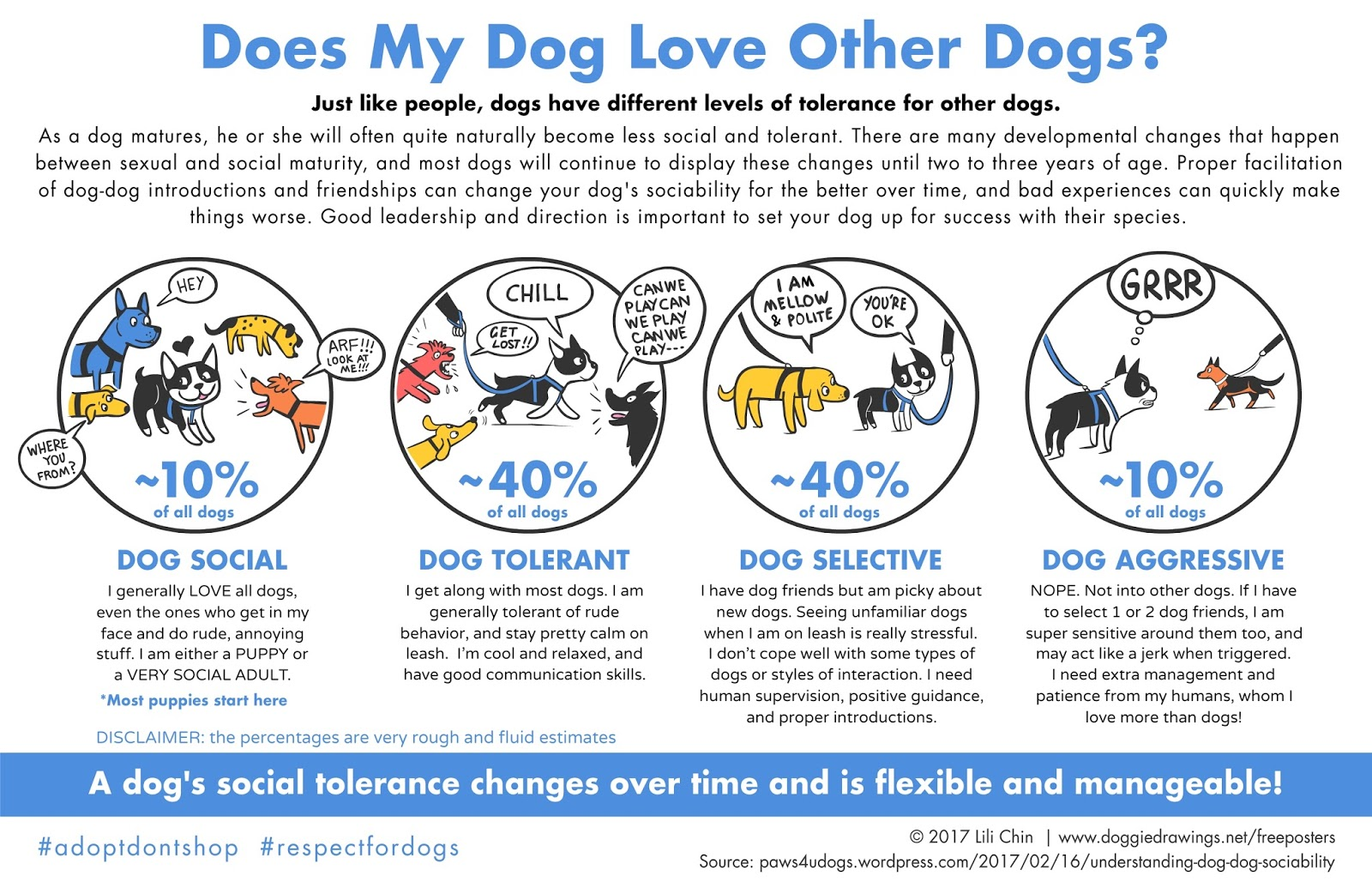
Know which category your dog belongs to!
Source: Lili Chin at https://www.doggiedrawings.net/freeposters
Good socialisation can only occur if the dog has an escape route and if it is able to choose to leave and return of its own accord. Instead of flooding your dog with uncomfortable stimuli, your dog should get its socialisation in small doses so that it can learn new behaviour while it is calm and not in overdrive.
Ultimately, it’s best to work with a qualified professional if you wish to modify your dog’s behaviour. The professional would know the best way to handle your pooch in a calm and efficient manner, without causing unnecessary stress to you, your furkid, and strangers!
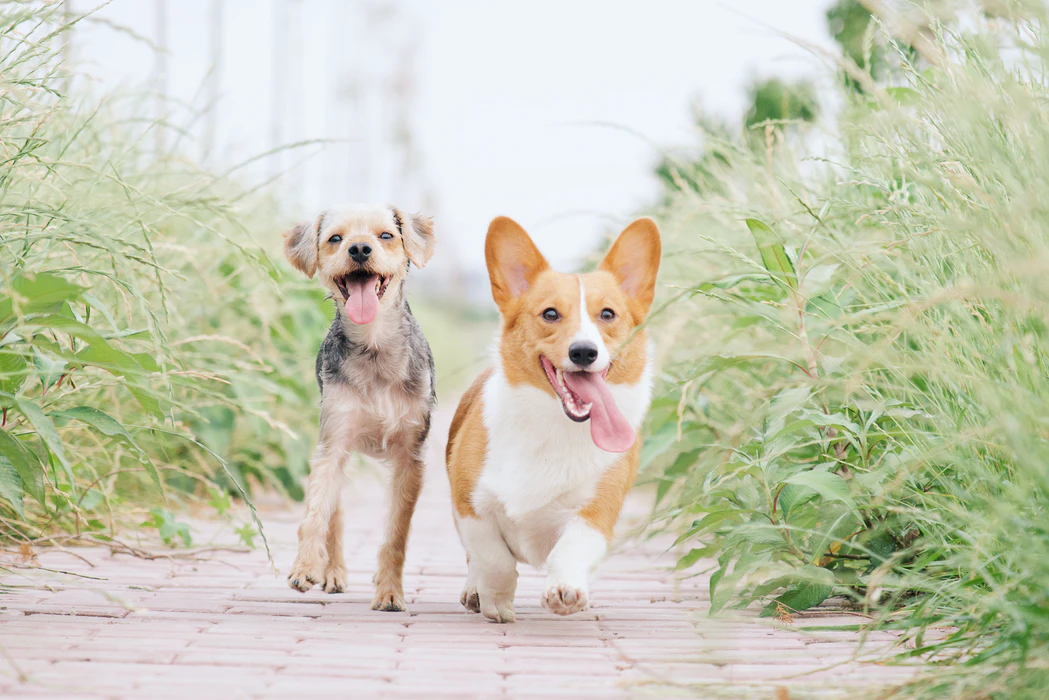
Source: Alvan Nee on Unsplash
Training a dog requires a lot of patience, well-timed rewards, and consistency on our part. Unbeknownst to many, it’s actually very common for dog owners to have accidentally conditioned their dogs to be aggressive or “difficult” to handle!
This is because of what is known as positive and negative reinforcement, in which if repeated often enough, becomes ingrained in a dog’s mind and influences its future behaviour (you might have heard of Pavlov’s theory). Here’s a video on the different styles of reinforcement in dog training!
Basically, TL;DR — positive reinforcement is when you reward a desirable response with an attractive reward. For example, if your dog is pulling at the leash while on a walk, you should immediately reward your dog with a treat if it listens to a “sit” or “stay” command. To the dog, this means that “sit” or “stay” = a yummy snack.
On the flip side, some of us may wave a dog treat out of desperation to distract our pooch when it’s barking furiously at another dog. This will simply teach your pet that barking at another dog = a delicious treat. You can be sure that your dog will continue to bark at other dogs in hopes of another biscuit.

As for negative reinforcement, this is teaching your dog that a certain behaviour or stimuli will result in bad consequences. This can include anticipating or responding to your dog’s aggressive behaviour by tightening up on its leash, which only serves to strengthen its perception that it should be on guard when other dogs are around.
If you get upset when it lunges and barks, your negative emotions will fuel its tension and aggression further, and if you punish and reprimand your dog after the whole ordeal has passed, your dog will think that it is being punished for being quiet instead.
As a general rule of thumb, it is recommended for owners to remain calm, pay attention to their dog’s body language, and observe what triggers aggression, then react accordingly. If unsure, contact a dog trainer for advice and then make sure that the rest of your dog’s caretakers are consistent in the way that you all react to your dog, lest you confuse it!
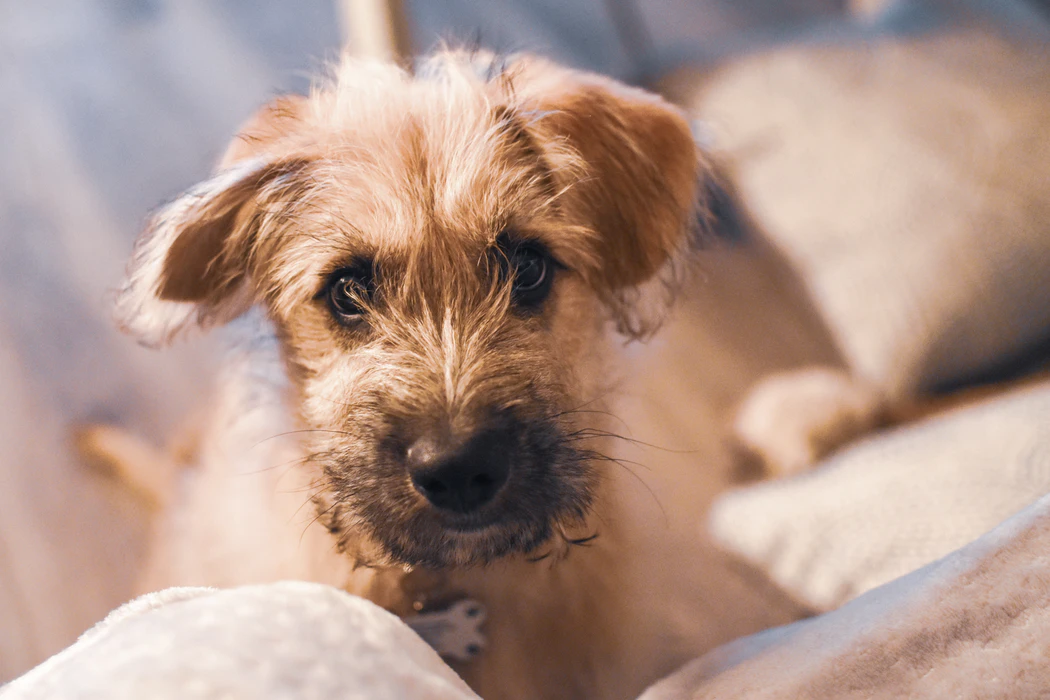
Source: Joshua Hanks on Unsplash
It is always imperative to find out as much as you can about a dog’s history when adopting an adult or rescued pup. This is so that you are aware of their past struggles and behavioural issues that were acceptable in their previous environment, but not so much now.
In instances where a dog’s previous owner was abusive and strict, it’s highly likely for the dog to display fearful, anti-social behaviour, and in cases where the previous environment was a competitive one, the dog may have dominating or aggressive tendencies.
Only by knowing a dog’s lived experiences can you effectively and efficiently re-condition your dog to exhibit healthy, social behaviour, whether it’s by avoiding triggers or giving your dog more time and space. If the problems persist, it’s time to hire a professional specialist.
That said, don’t let that scare you from adopting rescued dogs! They often make some of the best companions once they’ve been adjusted properly, which is entirely possible with love, patience, and guidance from professionals. If you’re considering adopting a rescued pooch, Wellness’ HERO Pack is currently offering a 20% discount with all the pet essentials you need to kickstart your journey with your Singapore Special!
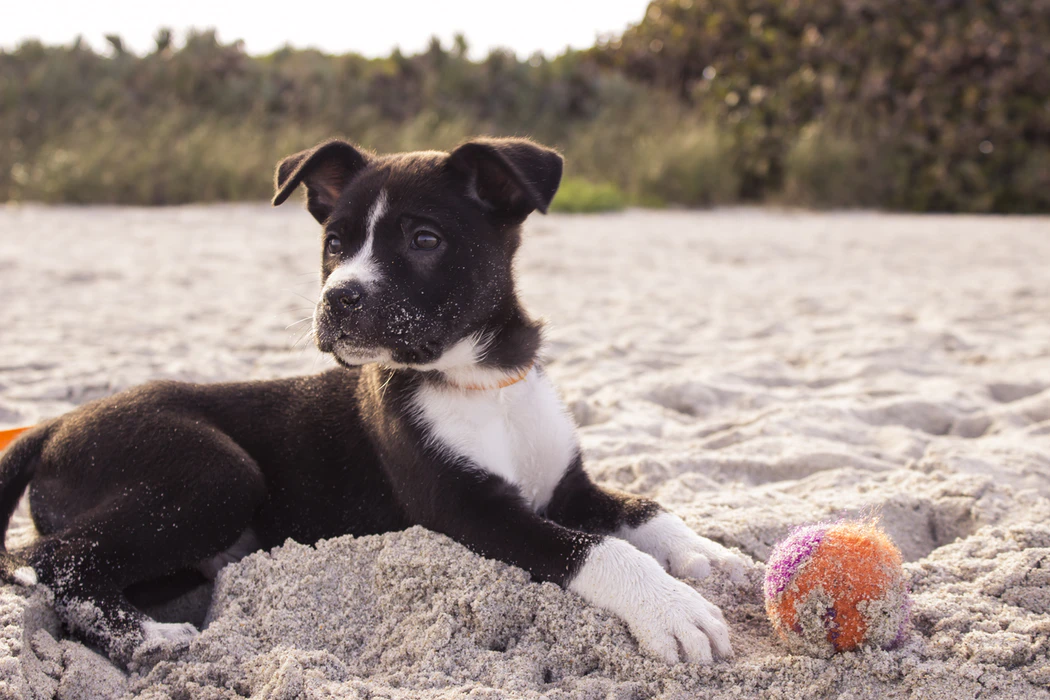
Source: Andrew Pons on Unsplash
One of the major reasons why dogs become anti-social and aggressive toward other dogs is the lack of adequate socialisation with good-natured dogs during puppyhood. As a result, these pups grow up with poor social and communication skills and are at higher risk of developing fear-based provocative behaviours.
Early socialisation is best had when the pup is between 3 to 16 weeks of age, which is also known as the imprinting stage. This is usually facilitated by the pup’s mother and littermates, and should include socialising with people (once it is fully vaccinated), floor textures, strange noises, different types of weather, and odd smells so that it’s as well-adjusted as possible and less likely to fear the world.
That said, dogs can still be socialised even when matured, so long as you let your furry friend do it at its own pace, give it in small, gradual doses, and strengthened with the right positive reinforcements!